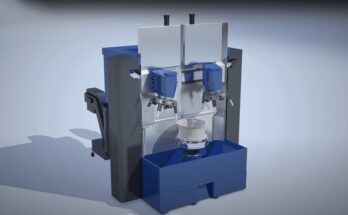While many strategies have been designed and implemented to help increase the efficiency of manufacturing units, Just-in-Time (JIT) is one of the most outstanding. It is a strategy used by manufacturers to increase the efficiency of their facilities. The concept involves only producing the products that are demanded by customers as opposed to pilling huge inventories in the store. Here are the benefits of using this model in your facility.
Smooth Flow of Your Manufacturing System
One of the primary features Of Just-in-Time strategy is the use of a uniform system of production. The aim is ensuring that the production system runs efficiently with no obstructions. Once a client places an order, JIT ensures that production can easily meet the demand. If the demand requires steady production, JIT removes the delays so that deliveries are made on time.
The Pull-method helps to Cut Inventory and Waste
Another important component of JIT is the pull-method. This means that only the products that are needed in the next stage are produced. This model is very beneficial by helping to reduce overproduction. By avoiding holding excess inventory, price changes related to such inventory will not have significant effect to your enterprise.
Higher Efficiency of Your Manufacturing System
To implement a JIT system, you have to ensure your system is properly maintained. This means that all the components of your production, from cutters to conveyors, will always be running optimally. Besides, issues that might develop on the system will easily be identified on time and rectified before causing serious damage. Therefore, you can rest assured of avoiding unnecessary downtime and keeping associated costs as low as possible. As highlighted here, manufacturers are also using the latest technologies and monitoring systems to further enhance their efficiency.
Highly Satisfied Workforce
To achieve the strict requirements of the JIT system, your facility is also required to work with multi-skilled staff. The staff must also work in teams for effective communication. This means that workers do not perceive themselves as components that can easily be done away with. Instead, they work harder to enhance production and win a competitive advantage in the market.
High-Efficiency Supply Chain
Because Just-in-Time (JIT) does not encourage holding inventory, it requires the installation of a supply chain network. This means that orders placed by distributors, clients, and sellers are processed immediately and goods released to them. This is crucial to help you sustain high profits.
When implementing a JIT system, it is important to also appreciate that it comes with one drawback. Since you do not have stock of products to release into the market, clients might at times be forced to wait before their products are manufactured.




